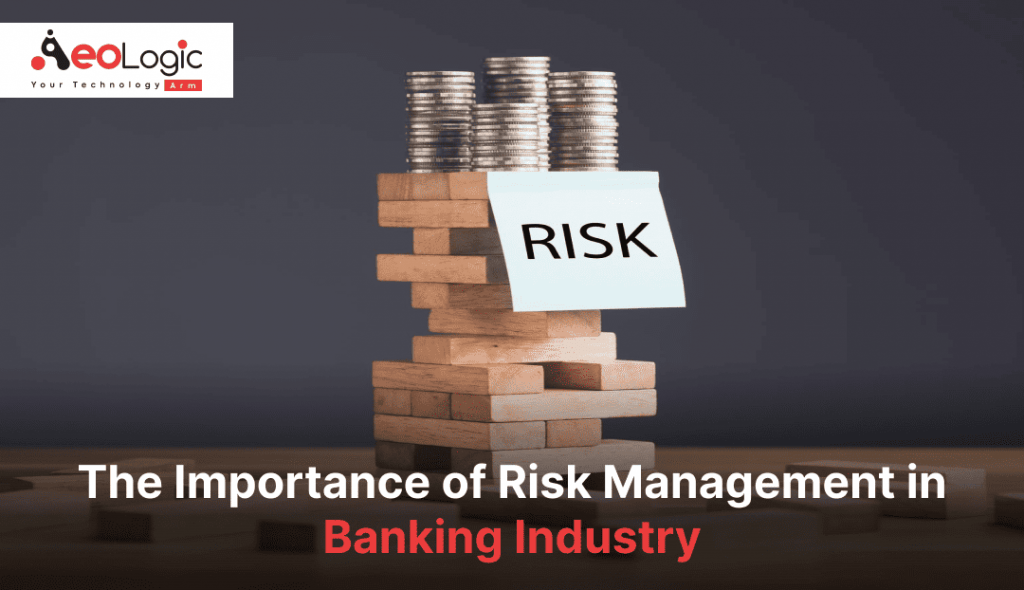The Undeniable Importance of Risk Management in Safeguarding Business Success
The Undeniable Importance of Risk Management in Safeguarding Business Success
Blog Article
The Vital Significance of Risk Management in Getting Organizational Objectives
In the rapidly advancing company landscape, the ability to browse uncertainty has actually come to be a vital. This is where Risk Management steps in, giving a structured technique to identifying, examining, and mitigating potential obstructions to proceed. It's more than simply a safety measure - it's a calculated tool, fostering strength and development. As we check out the critical function of Risk Management in attaining organizational goals, one can not wonder yet help: exactly how does this equate right into real-world success?
Understanding the Principle of Risk Management in Organization

The Essential Function of Risk Management in Strategic Planning
Incorporating Risk Management into strategic preparation acts as a secure for organizations, securing their long-lasting plans with a solid foundation of preparedness and resilience. It operates as the organization's radar, detecting potential dangers and vulnerabilities that might interfere with the path in the direction of achieving their stated goals. Risk Management supplies a framework for preparing for unpredictabilities and developing ideal reactions, ensuring the company's survival and success also despite difficulty. By including Risk Management right into strategic preparation, organizations can change these uncertainties into chances for growth and development. This calculated interweaving of Risk Management cultivates adaptability, making organizations extra durable and enabling them to navigate the ever-changing organization landscape with confidence. Risk Management comes to be an indispensable tool in strategic planning, instrumental in safeguarding sustainable success.

Strategies for Identifying, Assessing, and Focusing On Risks
The process starts with Risk identification, utilizing tools such as SWOT evaluation, which assists in identifying prospective risks and chances. Next off, Risk analysis is conducted to establish the prospective influence and probability of each Risk. Threats are focused on based on their possible effect and chance, allowing organizations to concentrate their sources on critical risks.
Protecting Organizational Workflow Via Effective Risk Management
In the company landscape you could try this out fraught with unpredictabilities, reliable Risk Management plays a pivotal role in safeguarding business procedures. It acts as a protective guard, reducing the adverse effects of possible threats and making certain the smooth performance of all procedures. By recognizing and assessing prospective dangers, Risk Management enables organizations to develop durable backup plans. This preventative method aids in preserving operational stability, even when confronted with unexpected situations. Essentially, Risk Management is the lifeline that maintains the organizational operations afloat in the middle of rough waters. It ensures not only the survival but the sustainable growth of an organization, making it a crucial tool in accomplishing business objectives. Thus, organizations need to buy extensive Risk Management approaches to protect their procedures.

Converting Potential Dangers to Opportunities: The Power of Risk Management
A positive technique to run the risk of Management involves determining, assessing, and prioritizing dangers to develop approaches that turn them right into potential advantages. Therefore, by leveraging the power of useful reference Risk Management, organizations can not just safeguard their operations yet additionally spur development and attain their goals in an unforeseeable business setting.
Situation Studies: Success Stories of Risk Management Driving Service Objectives
Successful application of Risk Management methods has yielded impressive outcomes in different businesses, emphasizing the advantages of this strategy. Multinational firms like Microsoft and Google, for instance, have leveraged Risk Management to lessen threats and make use of possibilities, driving their organization objectives ahead. These instances illustrate how effective Risk Management can not only steer organizations clear of find potential mistakes however additionally direct them towards their critical objectives.
Final thought
Finally, Risk Management is essentially critical in achieving organizational goals. It uses an organized strategy to identifying, examining, and attending to possible threats and chances. Greater than simply mitigating dangers, it additionally fosters advancement, strength, and lasting development. By integrating Risk Management right into critical preparation, businesses can better navigate uncertainties, secure procedures, and capitalise on possibilities, thereby aligning with long-lasting purposes.
At its core, Risk Management is the process of identifying, assessing, and dealing with prospective dangers that can adversely influence a company's objectives or operations. Next, Risk evaluation is performed to ascertain the possible effect and possibility of each Risk. Threats are prioritized based on their potential influence and possibility, allowing companies to focus their resources on critical dangers. By determining and analyzing possible threats, Risk Management enables organizations to establish robust backup strategies. An aggressive technique to run the risk of Management involves recognizing, examining, and focusing on risks to develop techniques that transform them into prospective advantages.
Report this page